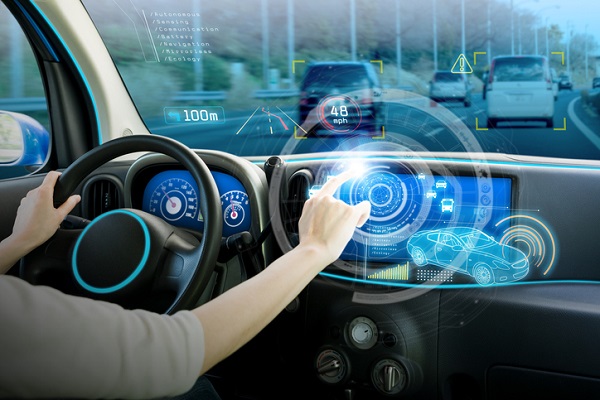
The development and introduction of new technology affects a variety of industries, including automotive manufacturing and repair. The popular industry consensus is that future automotive vehicles will shift from basic to connected systems within the next 10 to 15 years, and new features will lead to new safety regulations and laws, as well as how we drive and react to other drivers. One emerging trend, known as vehicle-to-everything (V2X), has the potential to save not only money and fuel emissions, but also reduce accident rates and vehicle fatalities as well.
Here is what aspiring mechanics should know about the rise of V2X technology.
What Is V2X Technology?
V2X is actually an umbrella term that refers to intelligent vehicle-to-vehicle (V2V) and vehicle-to-infrastructure (V2I) communications, which involve wireless technology that shares interconnected data between a vehicle, its operator, and its surroundings. Although it may seem a bit strange, predecessors to V2X tech, such as cameras or parking sensors, are already being used in car manufacturing. V2X uses similar short-range communications designed for fast-moving objects, but what makes it different is that not only would it work in real-time, but it would also predict and respond to the environment. For instance, if a car were driving ahead of you, V2X would alert you to their upcoming lane change or exit, preventing a sudden or unexpected reaction.

Although at the moment V2X only refers to vehicles such as cars or trucks, the technology is expected to expand into commercial rail, shipping, and airline use. With a streamlined means of transportation which would include hazard warnings, roadwork, and city information, V2X tech could potentially ensure not only safer roads, but safer seas and skies as well.
What to Expect from V2X Tech After Mechanic School
Within the next decade, V2X tech is projected to have greater and greater influence on the automotive manufacturing industry, and there is plenty of time for graduates of mechanic school to adapt to these potential upcoming changes. The integration of V2X technology doesn’t affect any of a vehicle’s mechanic fundamentals, and it builds upon the already established computer control system, which mechanics have already begun to address in their shops and garages.
Just as new technology affects the car, it also affects what needs repairing, and how mechanics identify problems. Automotive repair now includes the use of computers to diagnose vehicle issues and electrical systems as well as the ability to provide simple maintenance work. Innovation for the auto mechanic means being able to find their way around with a computer, and there are still vehicle components which are tried and true that won’t be affected by V2X tech.
Why Do We Need V2X Technology?
One of the greatest appeals of V2X technology is that it provides full 360 degree awareness on the road, and has the potential to impact a majority of issues that affect the way we drive and respond to situations. Cars which are connected by V2V and V2I technology can share data wirelessly both between vehicles and infrastructure, which better ensures a safe driving environment.

Additionally, V2X can improve driver awareness of potential dangers, non-line-of-sight conditions, collision avoidance, and accidental injury or fatalities. This technology allows for more accurate updates on traffic congestion and alternate routes, improving traffic efficiency as well as reducing CO2 emissions through more adaptive transportation management.
V2X would incorporate preventive safety aspects into intersection safety, speed management, e-tolling, work-zones, and even weather information systems. By collecting a variety of information from different points, V2X can provide a more accurate report that helps both drivers and pedestrians enjoy a safer overall environment, as well as economic and eco-friendly vehicles, and graduates of mechanic courses can look forward to potentially seeing these changes one day take place.
Do you want to become a mechanic?
Contact your local Automotive Training Centre to get started!

